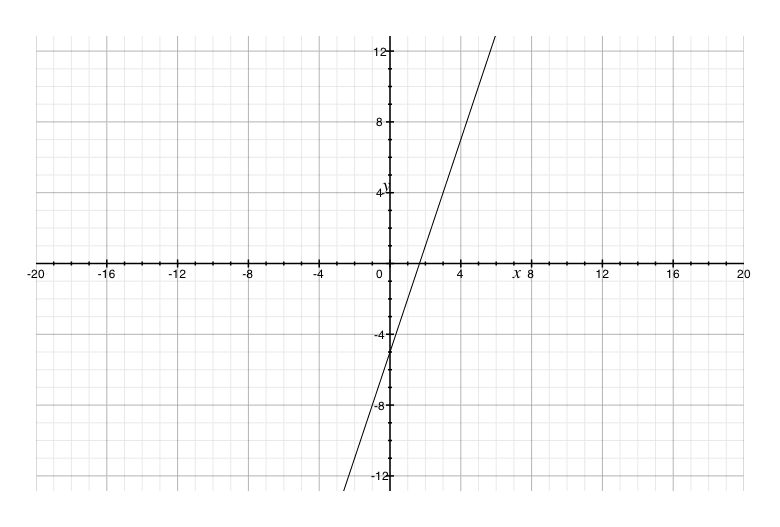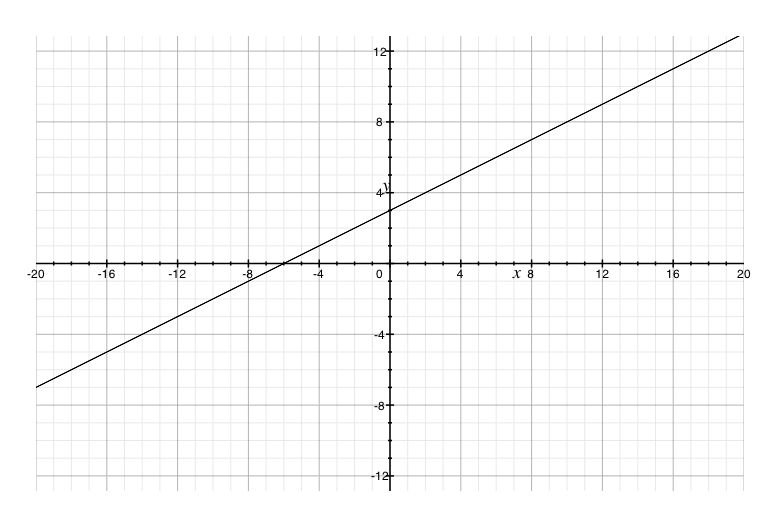Connecting...

This is a quick preview of the lesson. For full access, please Log In or Sign up.
For more information, please see full course syllabus of Algebra 1
For more information, please see full course syllabus of Algebra 1
Algebra 1 Graphing Functions
Lecture Description
When it comes to graphing functions, we use a lot of the tools that we use with graphing just a normal equation. We will see first how you can use a chart to plot a whole bunch of different points and graph out an entire function. However, if you have a linear function, we can often use our tools for lines to shortcut that process. Once we can look at the graph of the function, we will be able to determine whether it is truly a function using the vertical line test. More importantly, once we have the graph of the function we can test out what its domain and range is just from looking at its graph.
Bookmark & Share
Embed
Share this knowledge with your friends!
Copy & Paste this embed code into your website’s HTML
Please ensure that your website editor is in text mode when you paste the code.(In Wordpress, the mode button is on the top right corner.)
×
Since this lesson is not free, only the preview will appear on your website.
- - Allow users to view the embedded video in full-size.
Next Lecture
Previous Lecture









































 Carleen Eaton
Carleen Eaton Grant Fraser
Grant Fraser Eric Smith
Eric Smith
 Answer Engine
Answer Engine




1 answer
Last reply by: Educator Study
Sat May 20, 2023 2:04 PM
Post by Educator Study on May 20, 2023
You're shit.
1 answer
Tue Apr 22, 2014 8:33 PM
Post by Wanda Thomas on April 1, 2014
Hello Professor,
Enjoying your lectures. Glad I found this site to assist with my preparation for a CLEP exam.
I have some questions.
Will you please expound on when the rule for using y2 or y1 for the y factor? I notice some problems use on or the other.
Also, please the answer to this problem:
. A line passes through the points (5, - 4) and ( - 1,6). Find the equation of this line in slope intercept form.
*These practice questions are only helpful when you work on them offline on a piece of paper and then use the solution steps function to check your answer.
Step 1. m = [(y2 − y1)/(x2 − x1)]
Step 2. m = [(6 − ( − 4))/( − 1 − 5)]
Step 3. m = − [10/6] = − [5/3]
Step 4. 6 = − [5/3]( − 1) + b
Step 5. 6 = 1[2/3] + b
Answer
4[1/3] = b ***Where did the 4 come from?***